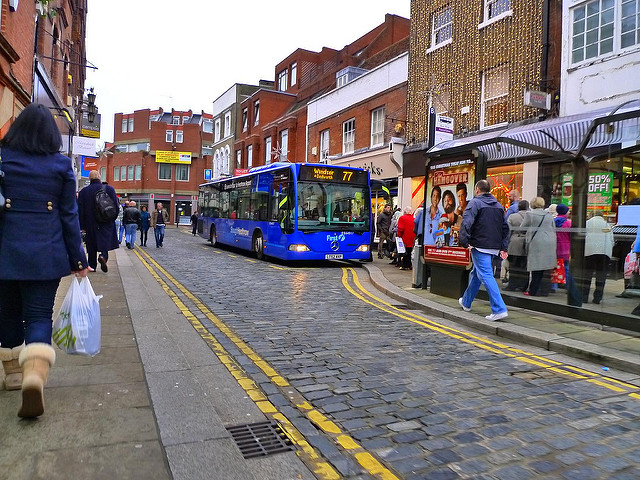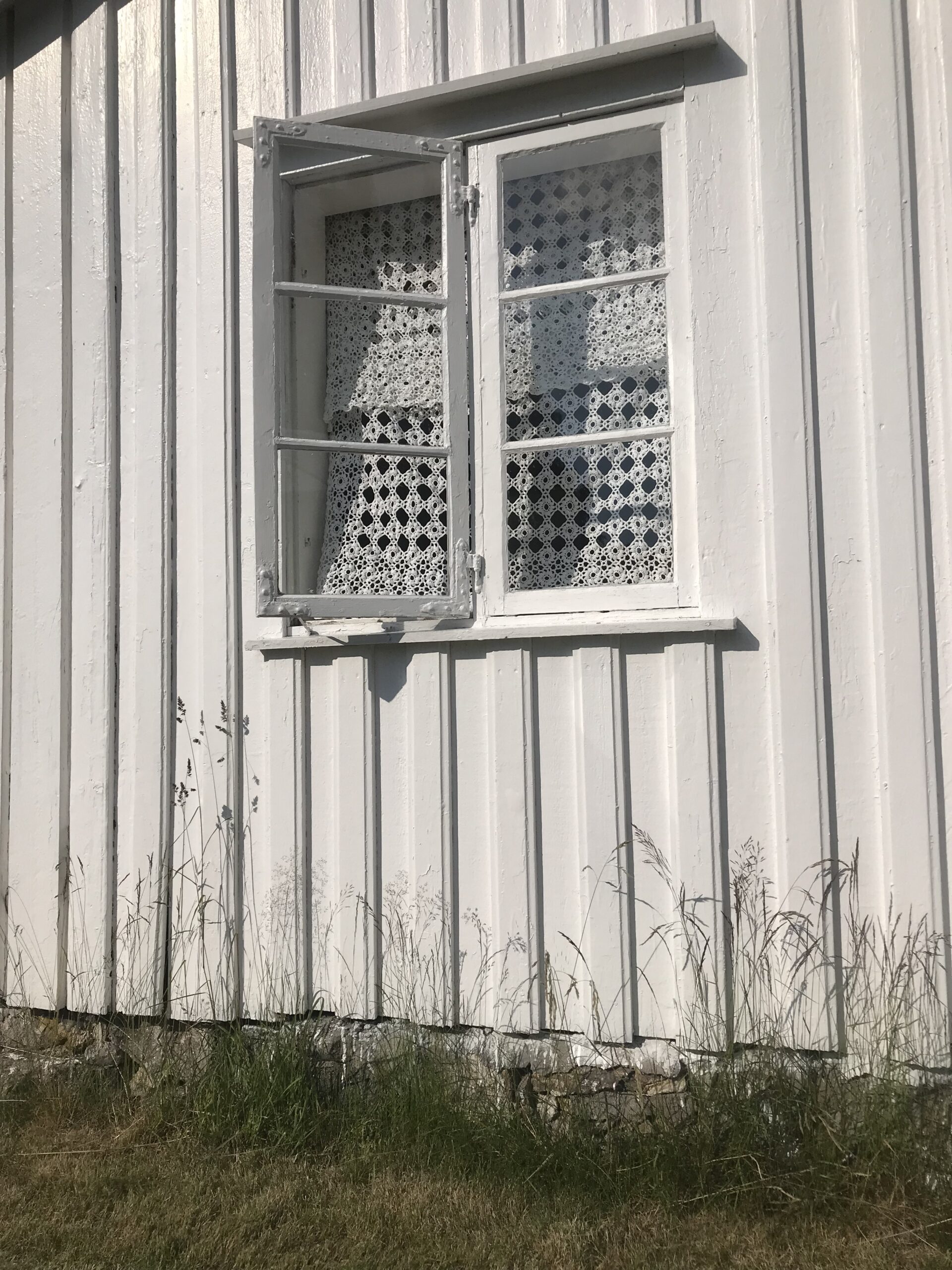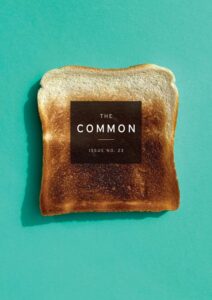a “mixed-use development”—huge shopping mall—in Bonifacio Global City, Metro Manila
Between the Coffee Bean & Tea Leaf and The Body Shop
a station of the Cross. On a trodden lawn browning into
desert, two lines are formed for shoppers to be Christ-like.
Christ-lite, puns the Pinoy. The devout come forward to suffer,
put their suffering on display. They’d strap a stretch of varnished
four-by-four across their shoulders, ropes tied around their wingspan
arms, the weight of sins redeemed by Jesus on his march to Calvary.
Assisted by the fine volunteers of the Church of Christ wearing
designer t-shirts, the aspiring saviors lumber towards salvation.
As with a slender petite woman handing over her Coach
purse to her surly boyfriend while she is yoked like a carabao,
the Philippine national animal of heroic industrious tolerance.
The carriers circle each other around the Astroturf like sushi
on a conveyor belt. And nearby down the square, a full cross
is offered. Ideal for groups, its holy length delivers camaraderie.
Friends, family, frenemies lift in harmony, wholesale redemption.
They pause, pose for pictures, their selfie sticks a mirroring sky.
To reenact is to worship in the highest form: Jesus stumbled,
his sinners lifted him up. Witness an elder harness the giant
cross at its crossing while a child carries the tail end. At the crown
a tall youth can’t part with his shopping bag, so on both shoulders he
slings, the Abercrombie & Fitch models brandishing their pectorals, godly.
Joseph O. Legaspi is the author of the poetry collections Threshold and Imago, and three chapbooks: Postcards; Aviary, Bestiary; and Subways. His works have appeared in POETRY, New England Review, World Literature Today, Best of the Net, and the Academy of American Poets’ Poem-a-Day series. He co-founded Kundiman (kundiman.org), a national nonprofit organization dedicated to nurturing generations of writers and readers of Asian American literature. He resides with his husband in Queens, New York.




